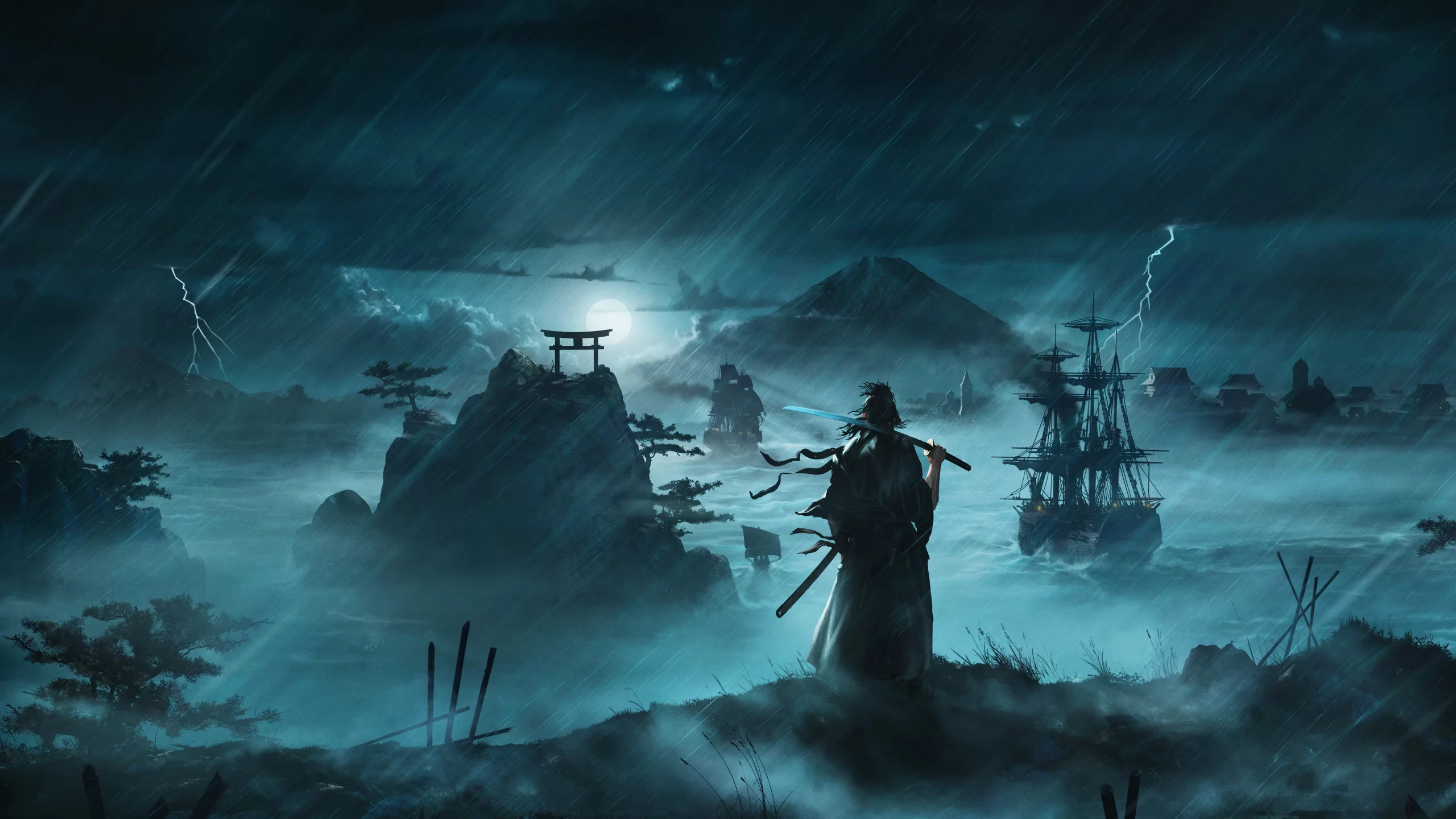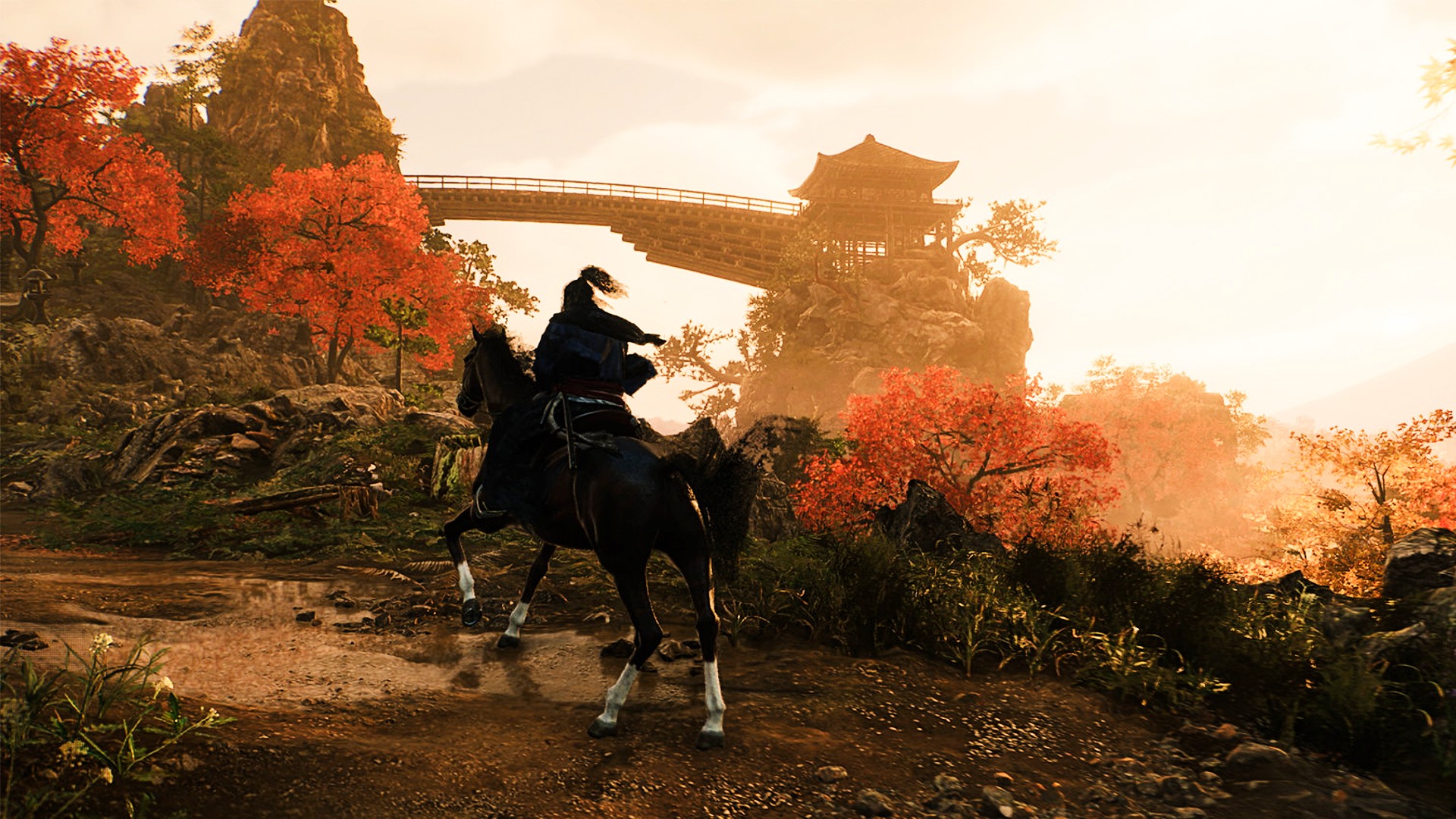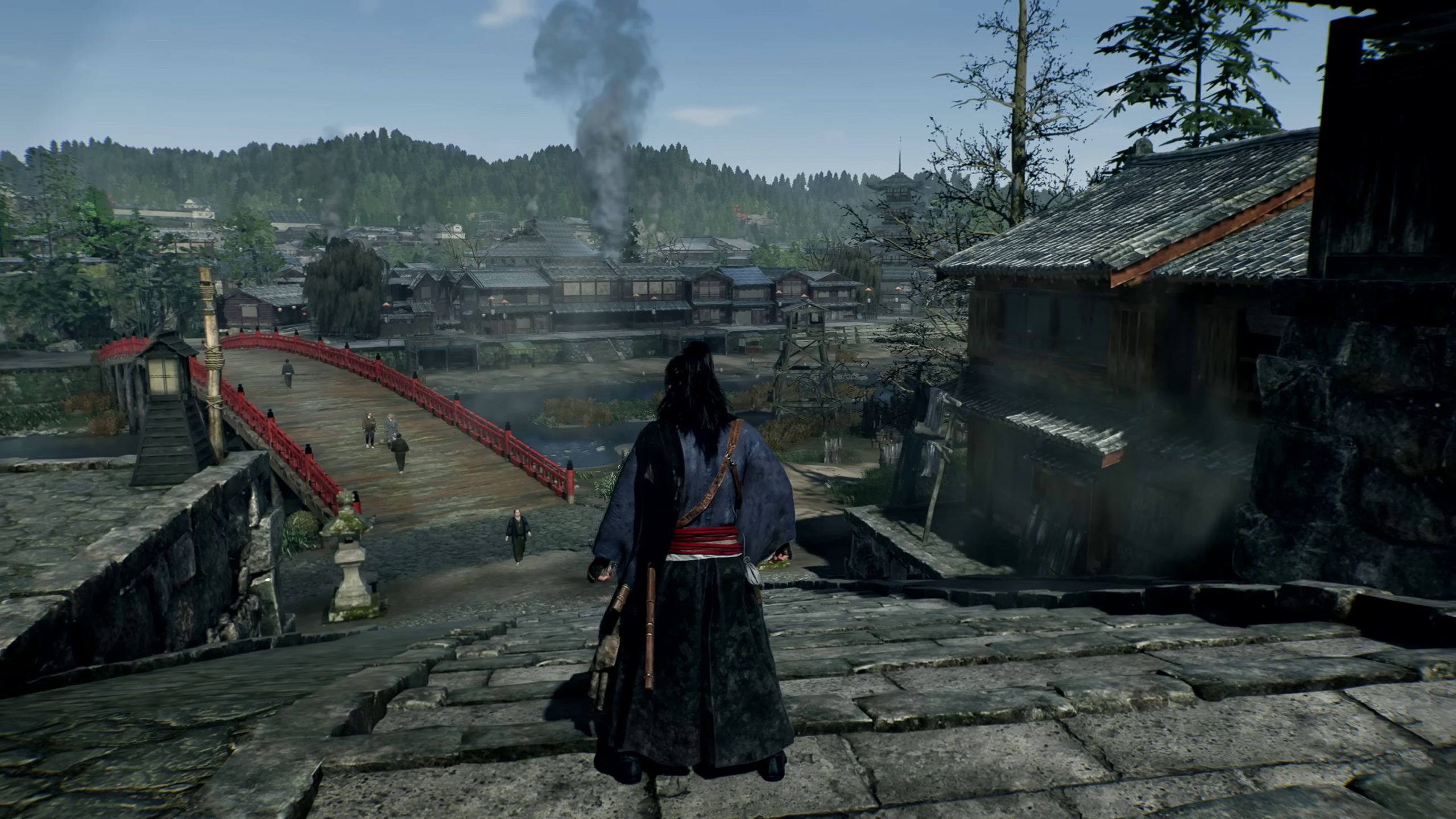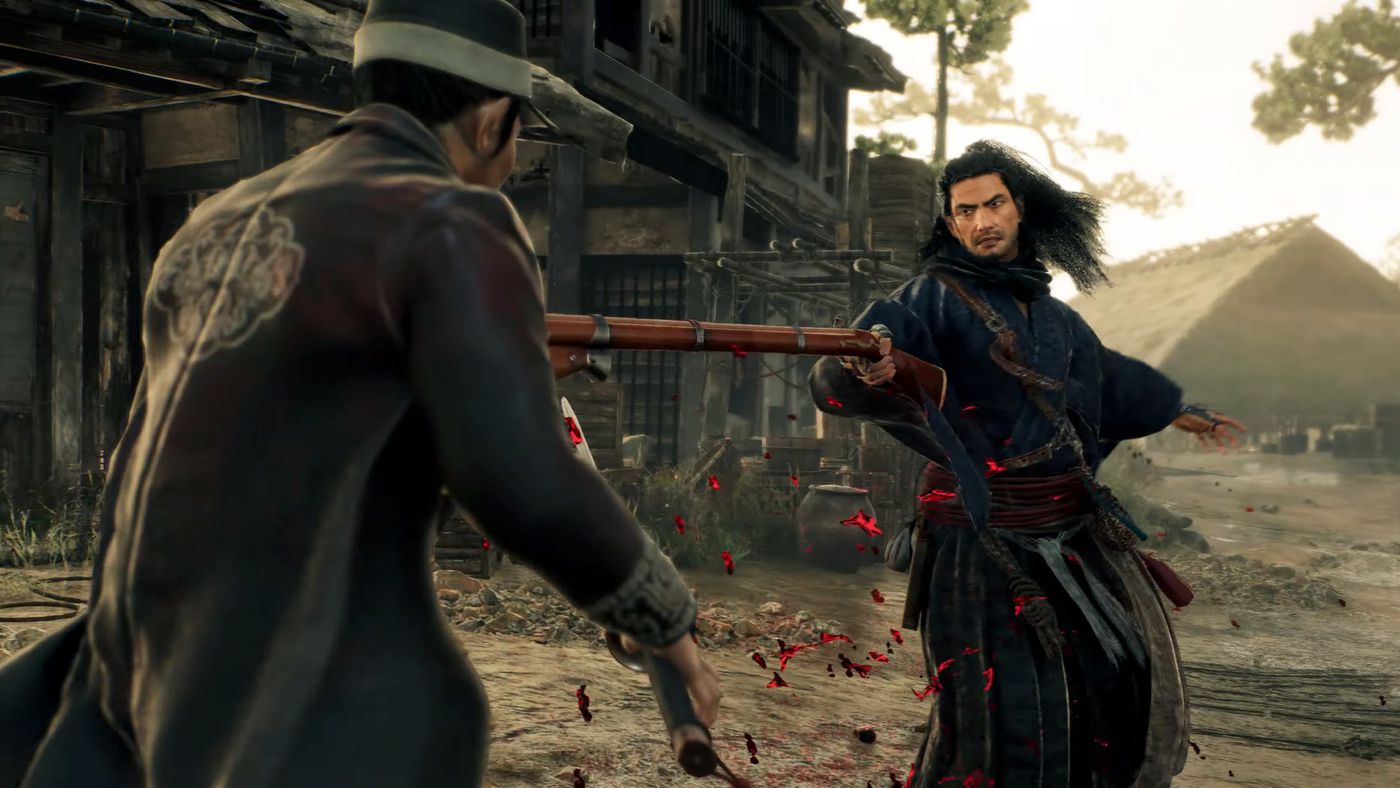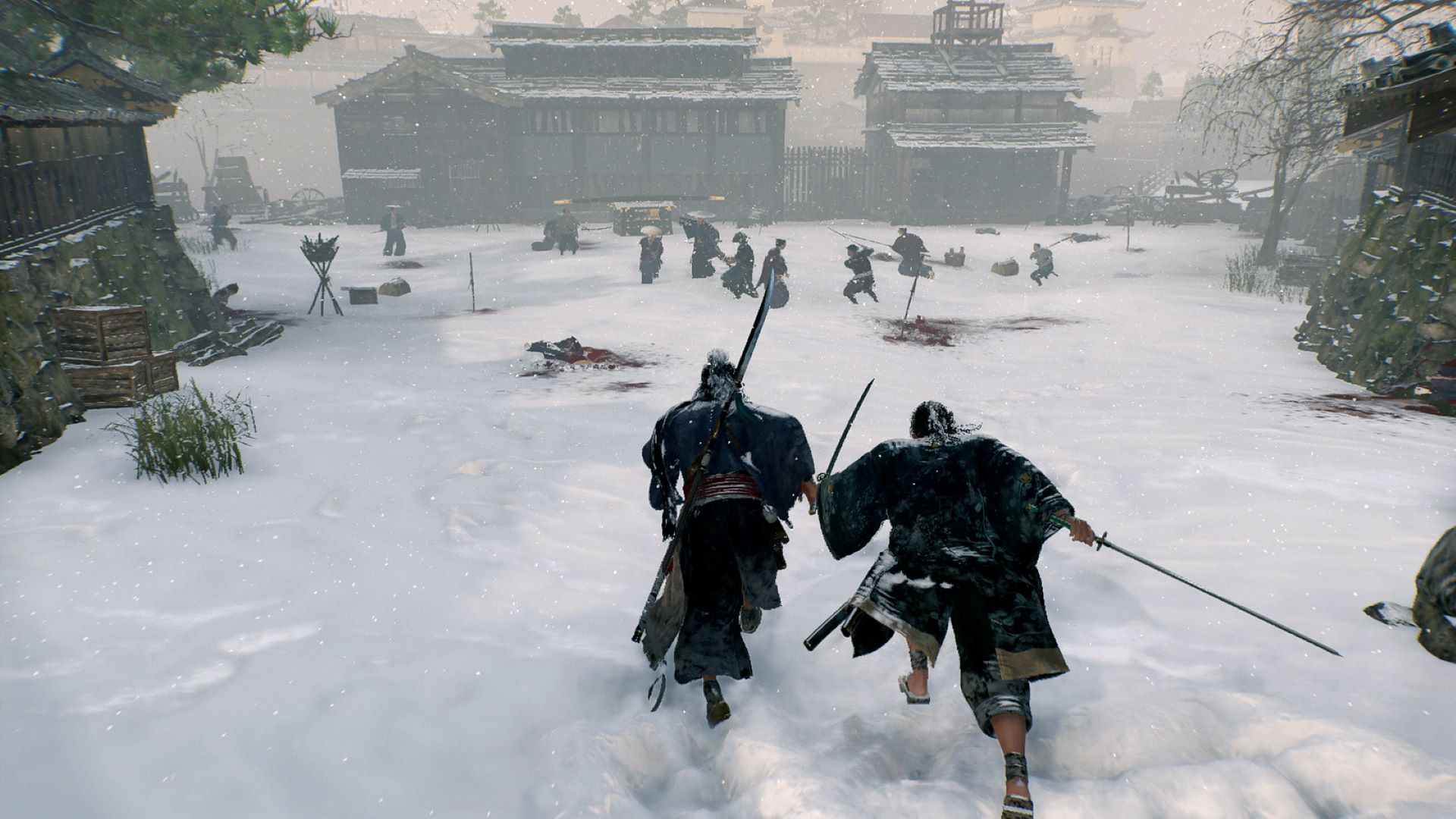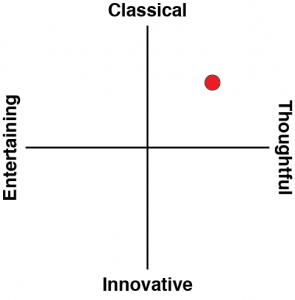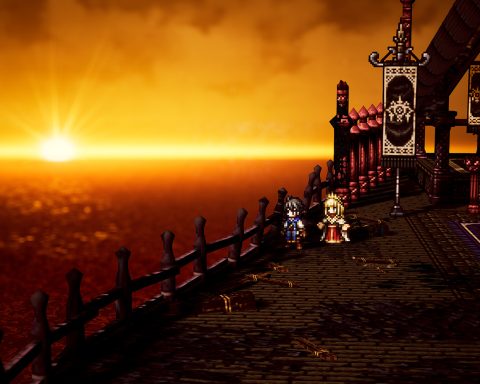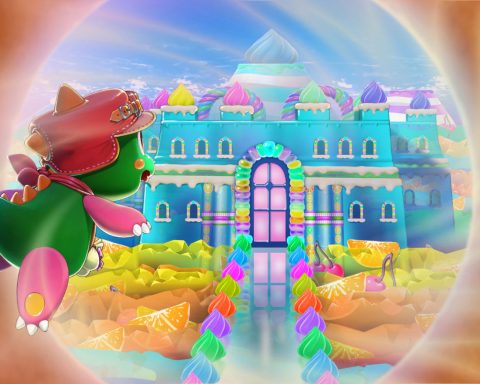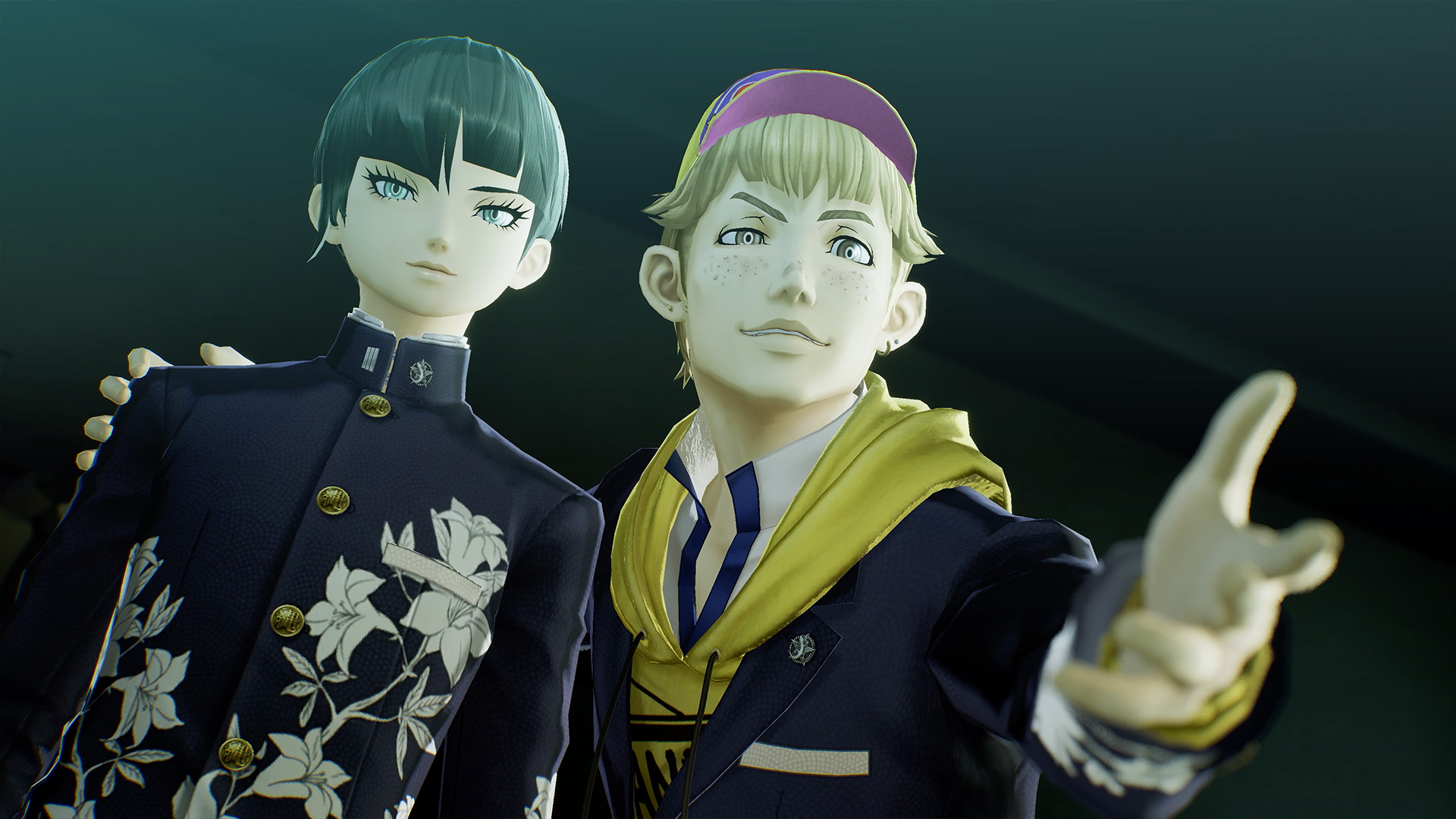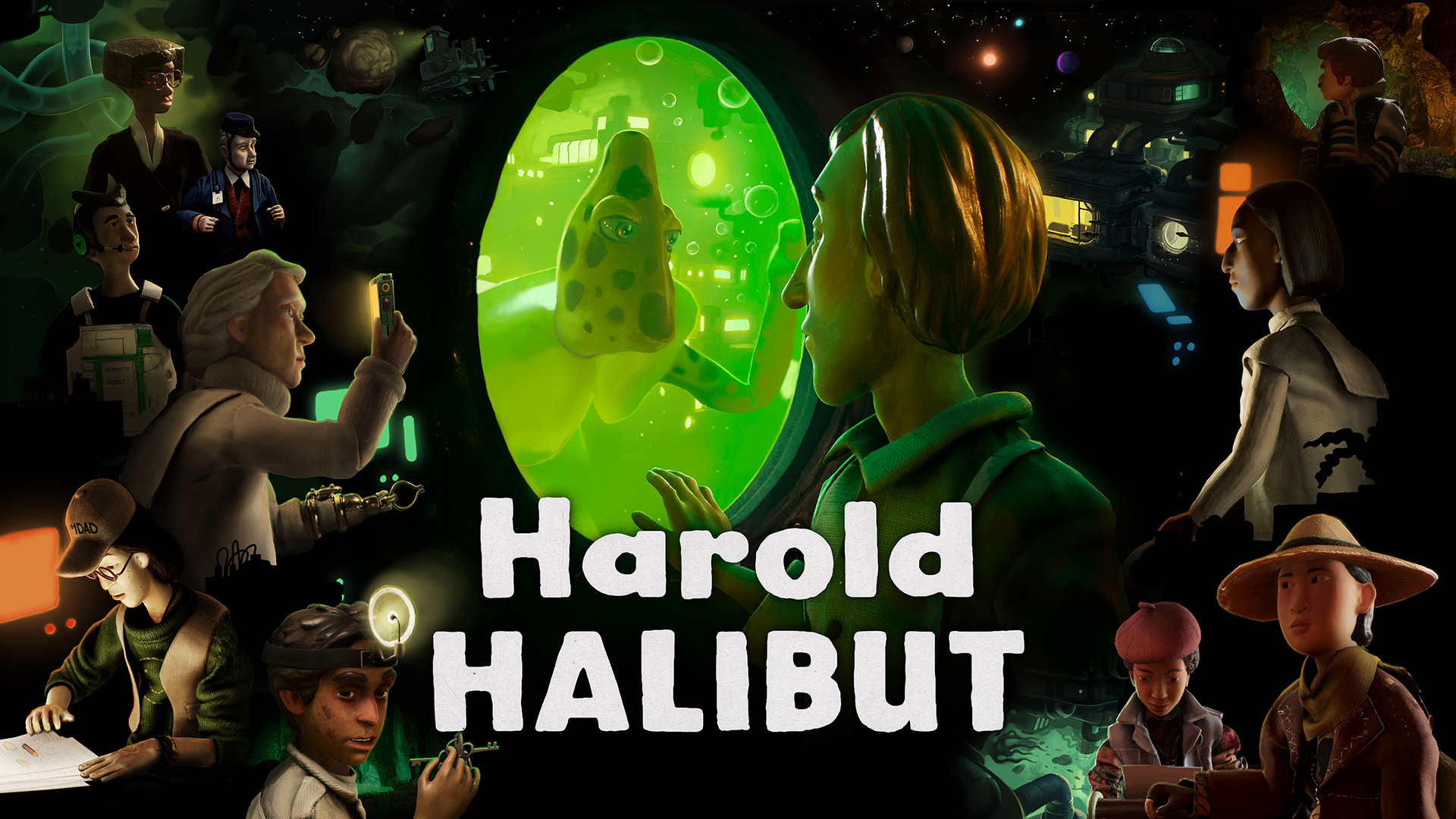I just know that people are going to make comparisons between Rise of the Ronin and Ghost of Tsushima, and that’s really quite unfair to Team Ninja’s latest. Already in previews I’ve seen nonsense like “while not a graphical stunner like Ghost of Tsushima”. Where Ghost of Tsushima was trying so desperately hard to prove that it loved Kurosawa films so much (without really understanding anything about them), Rise of the Ronin is a more organic, authentic work. It’s closer to a work of historical fiction than an oriental exotic fantasy. More like the excellent Shogun TV adaptation currently running than the video game equivalent of The Last Samurai.
They’re entirely different experiences, in completely different narrative, aesthetic and thematic genres, and the inevitably that they will be compared like-for-like simply highlights the ongoing blind spots that we have in video games when looking at them as art works, rather than things to occupy our time by pressing buttons.
Rise of the Ronin takes place during one of the most transformative moments in Japanese history. Certainly, it was the catalyst for setting Japan on the pathway that led it to modernise rapidly, become one of the great powers in World War 1, and then become one of the world’s worst enemies in World War 2. That pathway began with the Boshin War, which started in 1868, and was a direct consequence of American imperialism. For hundreds of years before that date, Japan had maintained a firmly isolationist position, refusing to interact with the broader world. Commodore Matthew Perry (not the great actor, R.I.P) arrived at the country, and, in the name of American interests in the region, threatened to blow everything to pieces if Japan didn’t become available for America’s interests.
That sparked a civil war (i.e. the Boshin War), which was fought between the nationalists and those who wished to embrace modernity. As noted in this essay on the conflict: “Without those hostilities, it is hard to imagine a strong central government emerging, and they gave a unique and emotional dynamism to forces, both good and evil, which helped to shape modern Japan. Among other things, ultranationalism and the movement for democracy and people’s rights can be traced directly to the resentments of the vast majority of the formerly feudal leadership at being forcibly pushed aside by a minute minority of leaders, who wielded, often ruthlessly, two indispensable elements of power: control of the Emperor, and a small but effective army.”
Without getting too much into a history discussion here: the arrival of Matty Perry’s black ships shook the Japanese people to the core, and they realised very quickly that Europe and the USA were aggressive, expansionist, technologically advanced nations that Japan had no pathway to resist. With their borders suddenly flung open, Japan also saw how the European powers were carving up mainland Asia, and the leadership came to two decisions. Firstly, Japan needed to modernise at a rate that was historically unprecedented. Secondly, its best way to defend itself from becoming a colony was to become an imperialist power itself.
For those who know their history, that second priority did not turn out well for anyone in the world.
The point here is that Rise of the Ronin takes place in one of the most dynamic and exciting periods of history, and that comes through in the way that Koei Tecmo has crafted the storytelling and world building. The blending of East and West in the architecture, clothing, and weaponry found in the major cities (but contrasting with the traditionalism of the villages and countryside) is eclectic and drives home the clashing, chaotic energy of the time.
Meanwhile, the many (many) bandits and general lawlessness that sweep across the landscape make it very clear just how dangerous and almost “wild west”-like Japan was at the time. So much of your time is spent skulking around villages and little fortresses to take down elements that have decided to brute force their way into power (while both sides claiming government were too busy fighting one another to enact law and order). In practice, it’s not really any different from “base capture” mechanics in any other open world video game, but thematically it does fit here, and helps to build an open world worth exploring.
The narrative is strong, too, starting out with a failed mission to assassinate Matty Perry (oh how history would have been changed for the better if that actually happened). You play as a member of a secretive organisation that is decimated, and that sets you on a pathway to revenge. Along the way, however, you’ll find yourself wrapped up in the many political intrigues going on around you, and have the chance to make many friends, many of whom are figures pulled from the real history.
… Or you can opt to kill many of these potential allies instead. One of the intriguing things about Rise of the Ronin is that you’ll regularly be called on to make decisions about who you opt to side with, and this directly impacts on the allies you’re able to call on in battle. The first example of this is a bandit, who has taken over a small castle and claimed its treasures as his own. After winning a battle with him, you have the option to let him go (in exchange for all that loot). You’ll see him again soon enough, however, only this time a dodgy-looking character is asking you to kill him to reclaim the money he stole.
But then you are given the opportunity to partner up with him instead and – surprise! – when you return to the location where you met the other guy you get ambushed by his goons. After defeating the lying bandit the now-noble bandit then becomes a buddy that you can call on to help in a fight. These kinds of decision trees are nothing that you haven’t seen in open world games in the past, but they’re particularly well written in Rise of the Ronin, and help to tell an engrossing story that continues to build momentum right until the end.
There are plenty of non-combat things you get up to as well. Unfortunately, Rise of the Ronin does start to suffer from the Assassin’s Creed-like icon proliferation on the map after a few hours of play, but at least most of the things are appropriate to the time. For one example, you can take time out to participate in some horse archery, and try and shoot targets while your horse trots along a path, for example. On the one hand, it’s yet another objective (with high scores and all) to add content to an already bloated game, but on the other hand horse archery persists today as something the Japanese do at festivals and a skill they deeply admire. It’s an authentic activity that makes sense in being there. Another example is that there are hidden cats that you need to track down all over the place. Yes, it’s busywork, but at least the theme is more in line with this particular era of Japanese history and culture than a pet the dog memebait would be. Cats are more popular as pets and have a deeper role in Japanese storytelling and folklore than dogs.
I’ve saved discussion about the combat to last, mostly because Team Ninja almost never miss and almost everyone reading this review will know that. Sitting somewhere between the Soulslikes (especially the faster ones like Sekiro and Team Ninja’s own Wo Long), and the counter-heavy action of a Batman or Assassin’s Creed, Rise of the Ronin can throw players a stiff challenge at you and your ability to string together a series of parries while waiting for your chance to counter. It’s something that I’m quite poor at, as I inevitably start to panic by the time I need to deflect a third or fourth attack, and end up pressing the button too early. As I slowly learned to keep focused, however, I found this system to be enormously rewarding and well worth sticking with.
For those that find it too frustrating to play at a Soulslike difficulty, the lower difficulty setting is very gentle, and immediately makes this game much more accessible to a general audience than the rest of Team Ninja’s library. With plenty of different weapon combinations to try, and four separate upgrade trees to customise your character, the RPG mechanics are enjoyable and well-implemented, if a little generic at this point. The one failing of Rise of the Ronin is unfortunately a big one – mechanically is just another open-world game, and we just do not need more of those.
While it is an open world game and therefore part of a tired and tiring genre, Rise of the Ronin makes it worth sticking with, thanks to incredibly strong historical fiction storytelling. With any luck, it will inspire some people to learn the more factual side of the era and, hopefully from there, come to a better understanding about where modern Japan came from. Despite being relatively recent, the Boshin War is a relatively under-utilised period of Japanese history, and Rise of the Ronin acts as a good introduction to it. Like with any historical fiction, the emphasis is firmly on the “fiction” side of things, but Koei has done a superb job of depicting the dynamics, tensions, conflicts and personalities of the era, making it as good an introduction to the era as any.
Buy the game from Amazon (You support DDNet via a small commission when you buy from this link)
